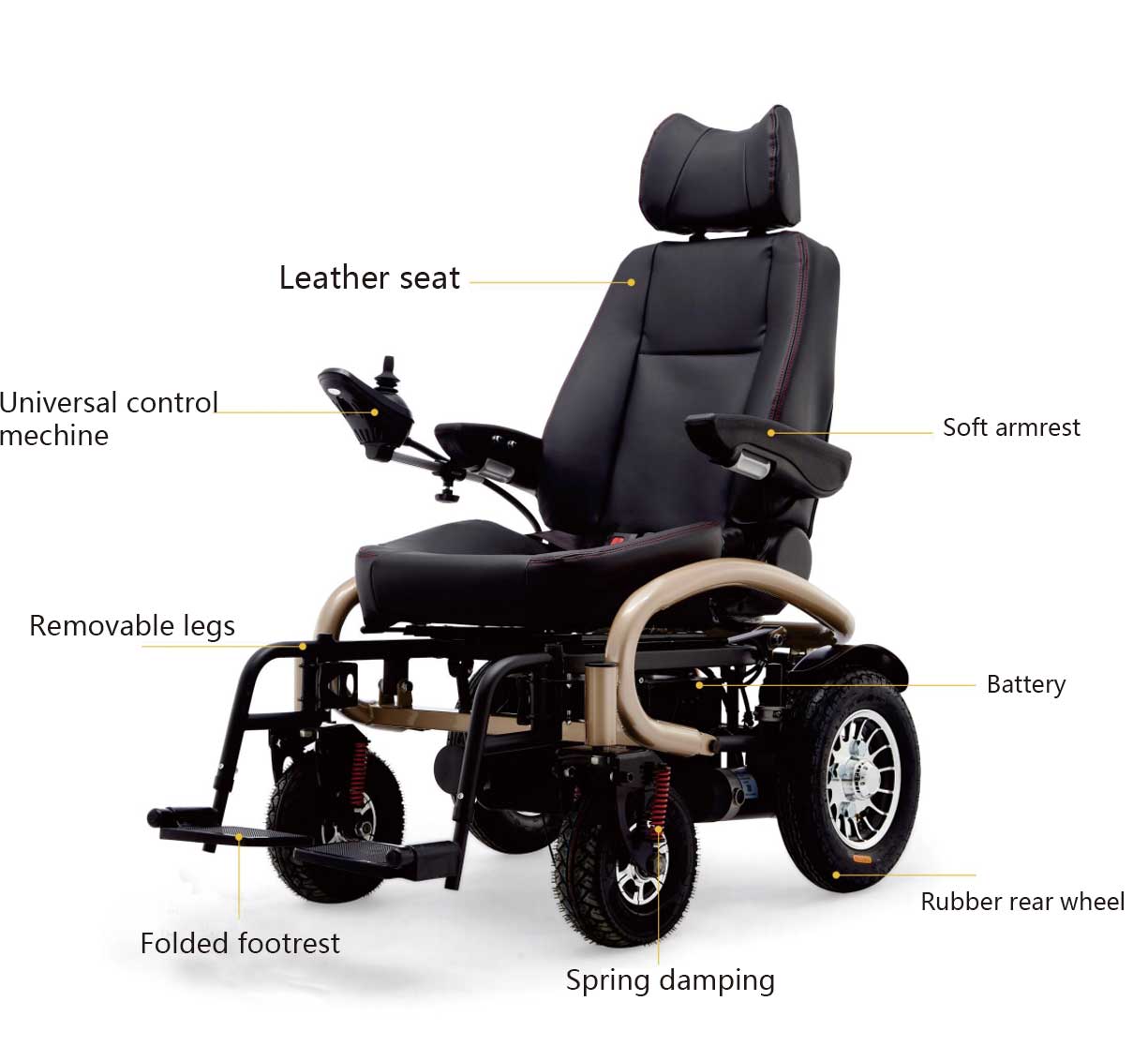Welcome to our websites!
Essential Equipment for Emergency Room Crash Carts and Life-Saving Procedures
The Vital Role of Emergency Room Crash Carts
In the high-stakes environment of an emergency room (ER), every moment counts. When a patient collapses or experiences a life-threatening event, the swift response of the medical team can mean the difference between life and death. At the forefront of this urgent response is the crash cart, a mobile unit equipped with the necessary tools and medications to tackle critical situations.
What is a Crash Cart?
A crash cart, also known as a code cart, is a wheeled cabinet that stores emergency medical equipment and supplies. It is strategically placed in the emergency room and is designed to be easily accessible, ensuring that healthcare providers can quickly grab what they need during a crisis. Typically, a crash cart is filled with a variety of items, including defibrillators, oxygen tanks, intravenous (IV) fluids, medications for cardiac arrest (such as epinephrine and atropine), airway management devices, and other emergency supplies.
Key Components of a Crash Cart
The systematic organization of a crash cart is crucial to expedite life-saving interventions. The cart usually consists of several drawers and compartments, each designated for specific categories of tools and medications.
1. Defibrillator A vital piece of equipment used to restore a normal heartbeat by sending an electric shock to the heart in cases of cardiac arrest.
2. Airway Management Tools This includes endotracheal tubes, bag-valve masks, and suction devices, which are essential for ensuring that a patient's airway is clear and that they are able to breathe effectively.
emergency room crash cart

3. Medications Crash carts contain a range of emergency medications required for various critical situations including pulmonary edema, cardiac arrest, and severe allergic reactions.
4. Intravenous (IV) Supplies IV fluids and access devices are crucial for administering medication and maintaining fluid balance during emergencies.
5. Basic Life Support Equipment This includes items like scissors, gloves, and bandages that assist healthcare providers in performing basic life support and addressing injuries.
The Importance of Regular Maintenance and Training
While having a crash cart on hand is essential, it is equally important to ensure that the cart is always stocked and ready for use. Hospitals implement regular checks to inventory the supplies and equipment in the crash cart. This includes expiration checks on medications and ensuring that devices are in working order.
In addition to maintaining the cart, ongoing training for medical personnel is paramount. Staff must be well-versed in the contents of the crash cart and trained in emergency protocols. Regular simulation exercises can help ensure that team members are prepared to act swiftly when an emergency arises, reducing the time it takes to locate the necessary equipment.
Conclusion
The crash cart is an indispensable component of any emergency department, serving as a lifeline during critical health crises. By storing essential equipment and medications in a central, easily accessible location, hospitals can ensure that their teams are ready to respond instantly. Regular maintenance and staff training further enhance the efficiency of these vital tools, ultimately improving patient outcomes. As healthcare continues to advance, the crash cart will remain a cornerstone of emergency care, embodying the commitment of medical professionals to provide immediate and effective interventions when seconds truly matter.
-
Transforming Healthcare with Hospital FurnitureNewsJun.24,2025
-
Rehabilitation EquipmentNewsJun.24,2025
-
Mobility and Independence with WheelchairsNewsJun.24,2025
-
Freedom of Mobility with Our Rollator WalkersNewsJun.24,2025
-
Comfort and Independence with Commode ChairsNewsJun.24,2025
-
Bathing Safety and Independence with Shower ChairsNewsJun.24,2025
-
Navigating the Wholesale Landscape of Electric Mobility Solutions: Key Considerations for Power Wheelchair DealersNewsJun.10,2025











